“Is it school summer dress weather yet?” One of the mums asks on our group chat.
I instantly feel guilty.
Probably not is the answer, if I’m honest – the warmer temperatures are taking their time to reach our neck of the woods. But I’m a shorts-and-sandals kinda girl from April to September, if I can manage it.
So, my daughter, excited to exchange the joggers she’s worn up to now, has been sporting her blue and white gingham since the start of the summer term, albeit teamed with a cardigan, vest, knee-high socks, and cycling shorts underneath on the chillier days.
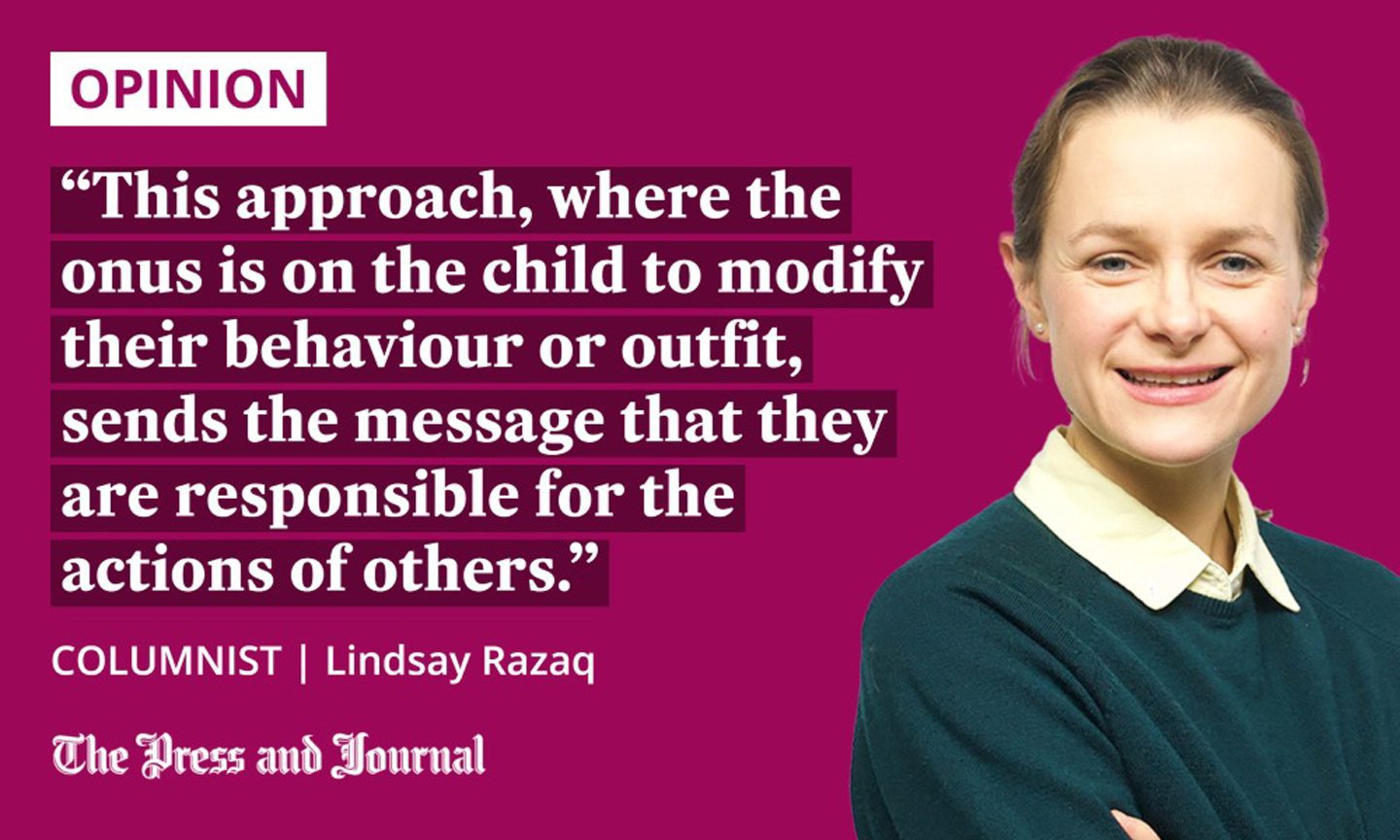
The shorts were bought primarily with warmth in mind, rather than my four-year-old’s modesty. But it isn’t long before the conversation turns to the latter.
One mum explains sarcastically that all her “worries are solved” after finding some so-called modesty shorts online, advertised as “100% safe” against “accidental exposure” for “your active girl who likes dresses”.
My initial response is to laugh out loud – the language is so ridiculous. But this is swiftly followed by a mix of anger and sadness, at both the sexism at play here and the fact we are forced to consider these things in relation to children as young as three.
OK, the company referenced isn’t a mainstream retailer. Yet, a quick online search reveals that most do sell gingham jumpsuits as an alternative to the traditional summer dress, and modesty shorts, even if they aren’t labelled explicitly as such.
Gap calls them cartwheel shorts – “made to layer under dresses or skirts” – for instance, which are available to fit girls aged 12 months and up.
Modesty shorts feel like a step too far
Happily, as a youngster, I was blissfully unconcerned with such matters. I have only fond memories of wearing summer dresses at school and my enthusiasm for doing handstands on the playing field means I can be sure that my knickers were regularly on display, until at least age nine.
Looking back now, even as a mum, this still seems pretty harmless, although, obviously, we all have a duty to take child protection seriously.
And, of course, I understand the impulse to seek to avoid any scenario that may put a child at risk. Indeed, I recently acted on such an instinct, ahead of a dance show when I questioned the choice of costume.
My request that Maya be allowed to wear a vest underneath was granted unhesitatingly and without fuss, I’m pleased to say. This seemed a necessary intervention, as she was going to be performing on a stage with all eyes – good and possibly some bad – on her and her peers.
Similarly, I steer clear of a lot of the clothing marketed at young girls, which is age inappropriate at best, compared to what’s sold for boys.
Moreover, with the rise of upskirting and other forms of harassment, there is absolutely a reasonable argument for recommending modesty shorts in secondary schools for those who opt to wear skirts, as is their right.
But, advocating modesty shorts for primary age pupils – and several news stories in recent years suggest an increasing trend, although thankfully there’s been no advice along these lines from Maya’s preschool – is a step too far.
Kids are bearing the burden of other people’s wrongdoing
Safety concerns, if wearing these shorts does in fact keep girls safer, and I remain unconvinced, must be balanced against an urgent need to protect children from being rushed into growing up too quickly. By highlighting, as one mum put it, that their “bits might be of interest to grown-ups”, we are sexualising them.
We must admit, too, that this approach, where the onus is on the child to modify their behaviour or outfit, sends the message that they are responsible for the actions of others. We are expecting them to bear the burden of other people’s wrongdoings.
To suggest children are ‘exposing’ themselves is to criminalise them
There’s also the insinuation that parents who don’t insist on covering up their child are welcoming the attention, in the same way that for a long time women were – and sometimes still are – deemed to have been “asking for it” by choosing to wear a short skirt.
Additionally – to refer back to that appalling advertising description – to suggest children are “exposing” themselves is to criminalise them.
Women are held to an impossible standard from being little girls
We have to be really careful not to encourage a culture of victim blaming.
There’s a wider point to be made as well, about how much more women are judged throughout our lives, both on our appearance and conduct.
So often, this breeds a self-consciousness that can plague us with longstanding and potentially devastating consequences. Sadly, I have already noticed this tendency every now and again in Maya.
Surely placing such emphasis on modesty at a young age merely serves to perpetuate this cycle of holding women to an impossible standard? We should be railing against this kind of scrutiny not willingly subjecting our daughters to it.
Lindsay Razaq is a journalist and former Westminster political correspondent who now combines freelance writing with being a mum
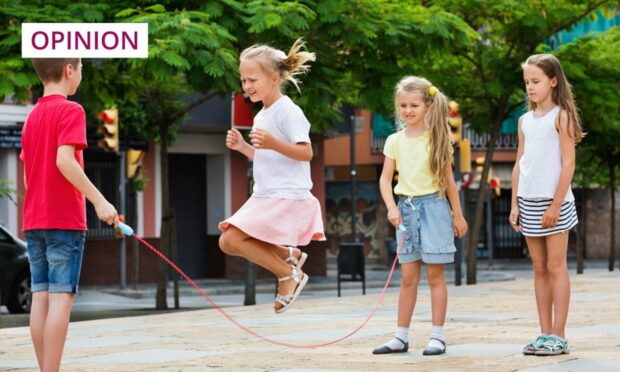
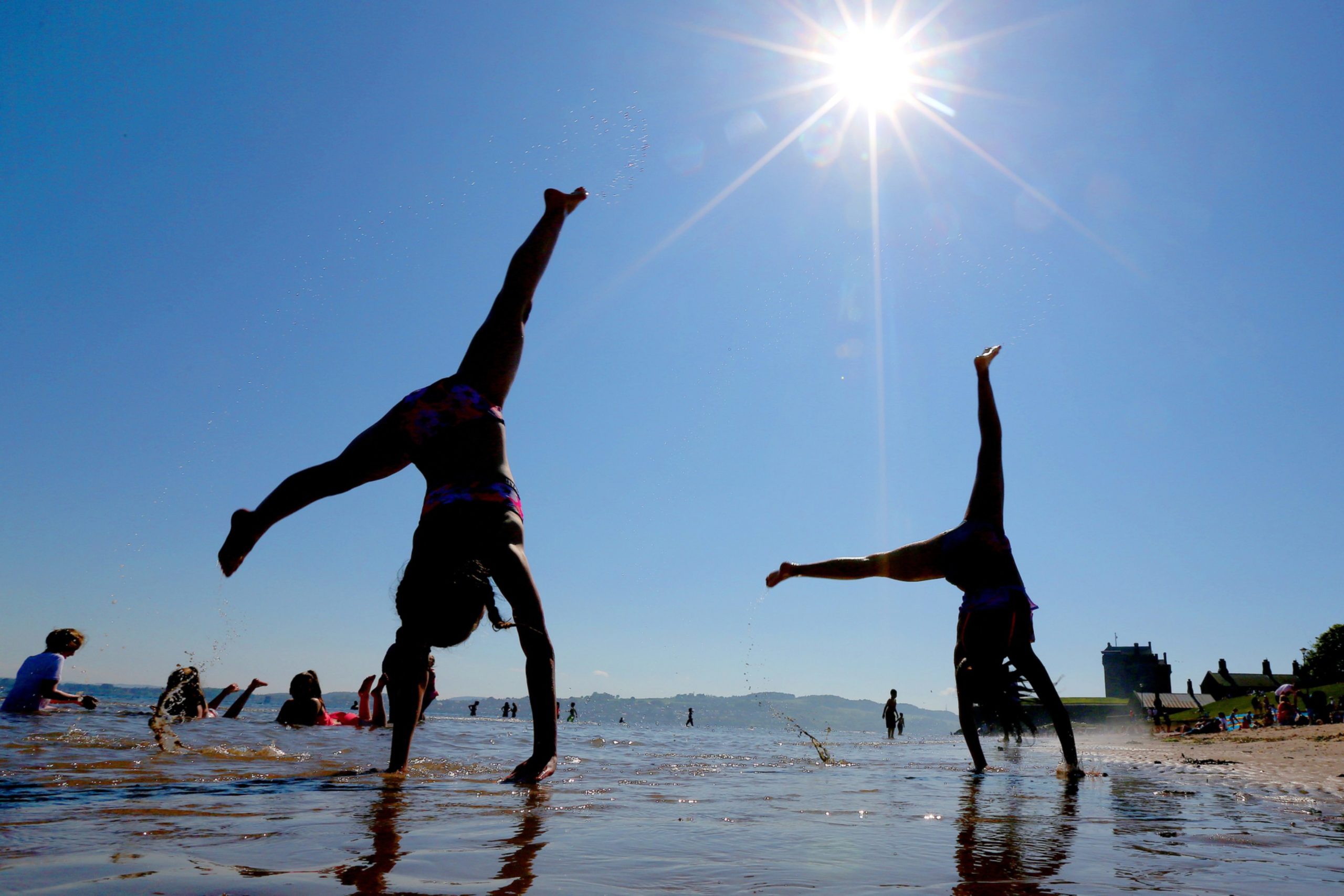
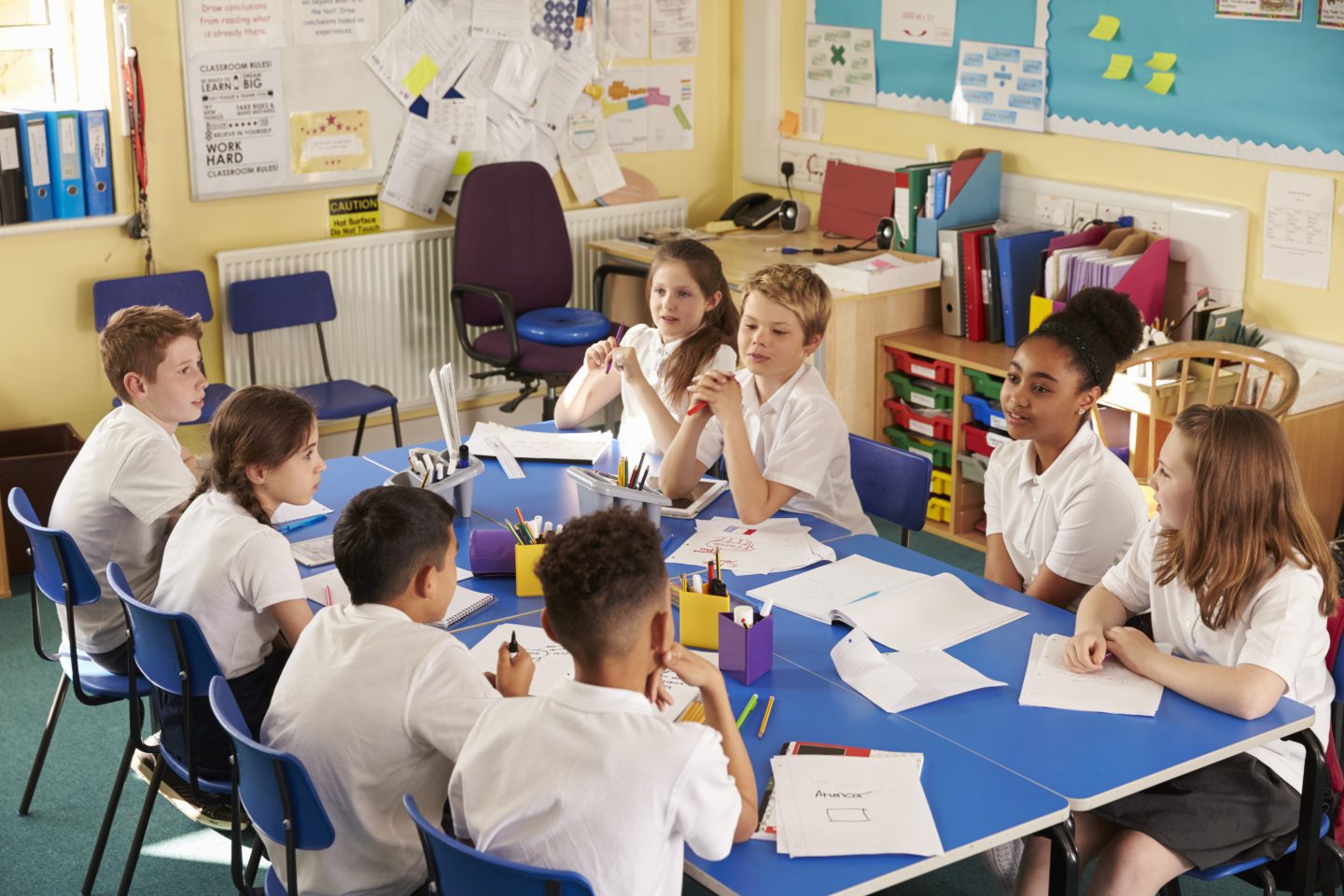

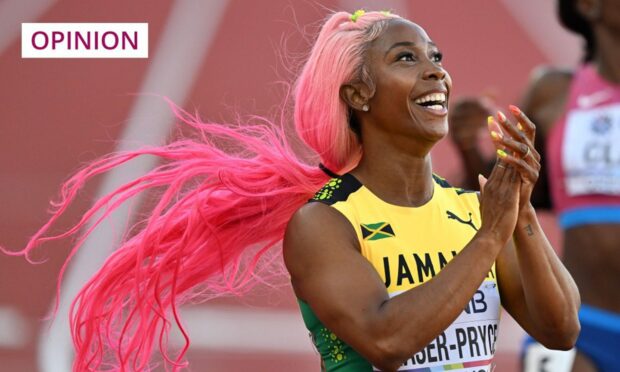

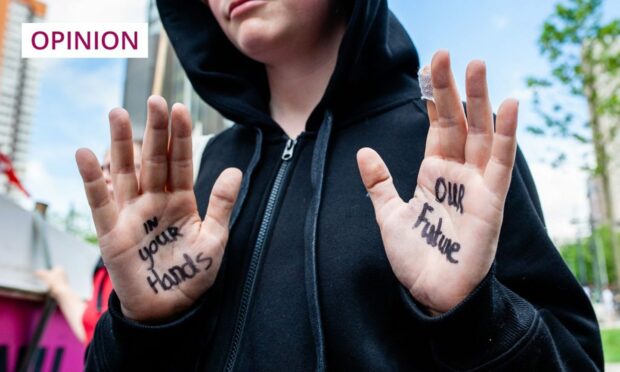












Conversation